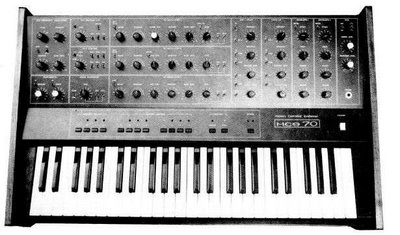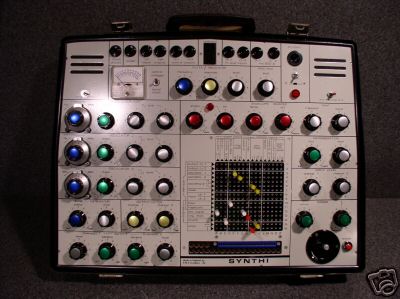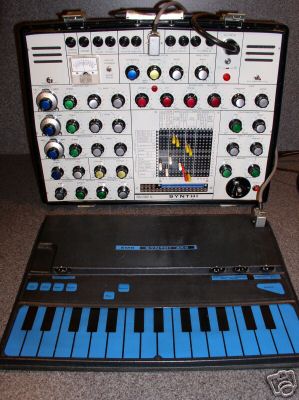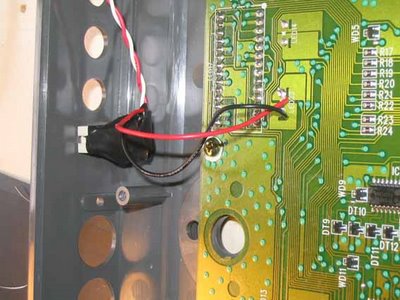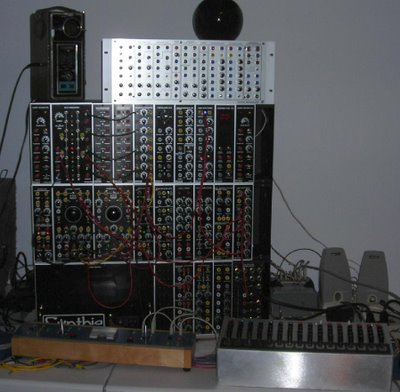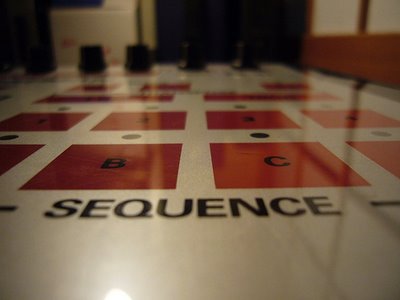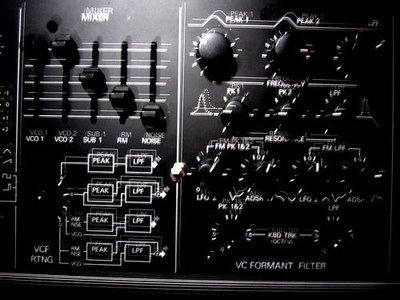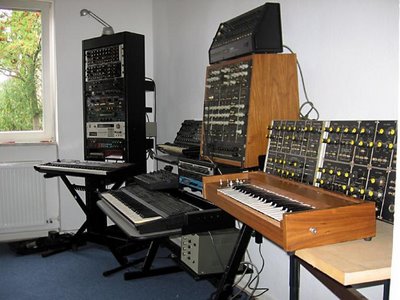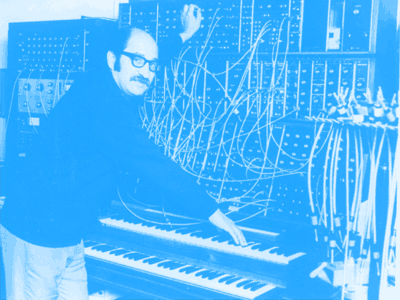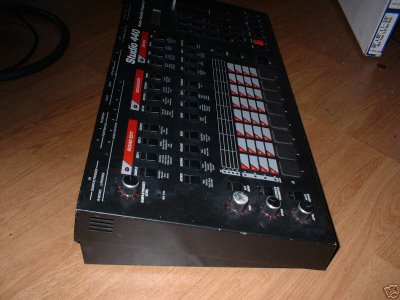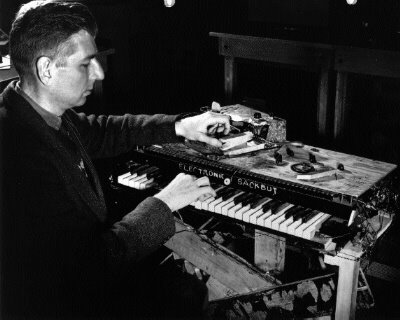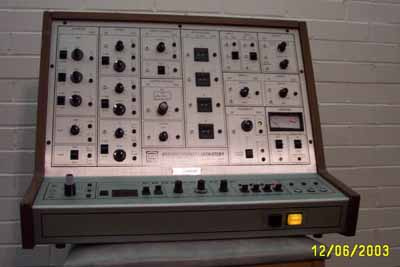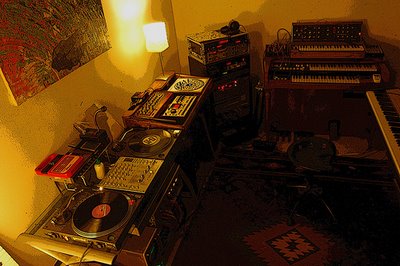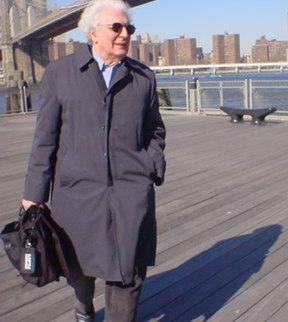
Reminder that the first show in Seattle this Sunday, other dates below. Title link just takes you to my
original post. The following is the press release:
The Most Senior Touring Pop Icon ... At 77 Jean-Jacques Perrey Is a Legend and Electronic Music Pioneer. Fans Can See Him Live in Seattle on Aug. 27, San Francisco on Aug. 29 and Los Angeles on Aug. 31
LOS ANGELES, Aug. 23, 2006 -- This August, Oglio Records will release a new Jean-Jacques Perrey/Dana Countryman CD, THE HAPPY ELECTROPOP MUSIC MACHINE. The CD is an insanely happy instrumental collection of original tunes, and also includes five melodies by other composers. Using classic "Moog"-style analog synthesizers, as well as acoustic instruments, the CD is styled to be very retro, and very happy.
Jean-Jacques Perrey is a legend, and a pioneer in the popular electronic music field. He was the second musician to ever own a Moog Synthesizer, and one of the first to record with it, way back in 1966. Over the past five decades, Perrey has released many classic MOOG albums, featuring his trademark crazy tape loops and his catchy original melodies. His theme "Baroque Hoedown" (co-composed with Gershon Kingsley) has been featured as part of Disneyland's much-loved "Main Street Electrical Parade" for over 30 years. Even today, Perrey's music has been sampled by countless popular Hip-Hop and Rap artists, including Ice T, DJ Premier, Gangstarr, and many others. At age 77, Perrey is still very much active, and still creating "Music for Smiles and Laughs."
A recent Perrey/Countryman concert in Berlin, Germany had a sell-out crowd, and that performance will be released soon on DVD. To support the release of new THE HAPPY ELECTROPOP MUSIC MACHINE, Perrey and Countryman will be performing the new album in a mini-tour of concert venues this August, starting in Seattle, and continuing on to San Francisco and Los Angeles.
A tour of the United Kingdom is planned for the Spring of 2007, followed by a tour of Japan, later that year. THE HAPPY ELECTROPOP MUSIC MACHINE is a refreshing "blast from the past," focusing on catchy melodies, at a time when interest in the Moog Synthesizer is suddenly in vogue again.
Show Dates for THE HAPPY ELECTROPOP MUSIC MACHINE:
Live in Seattle
Sunday, Aug. 27, 2006, 7:30 pm
The Triple Door - 216 Union Street - 206-838-4333
$15.00 advance, $18.00 door
Live in San Francisco
Tuesday, Aug. 29, 2006, Doors open: 7 pm - Show, 8 pm
Recombinant Media Labs -
763 Brannan @ 6th St. in San Francisco's SOMA District
For more information: 415-863-3068
Tickets are available by emailing info@researchpubs.com
Live in Los Angeles
Thursday, Aug. 31, 2006, Doors open: 7:30 - Show, 8 pm
Knitting Factory - 7021 Hollywood Blvd, Los Angeles 90028
323-463-0204
See online artwork at the photolink:
http://www.danacountryman.com/promo1/HEMM_art.html Please contact:
Craig Melone
Hands On Public Relations
(310) 341-3201
Handsonpr@aol.com
Perrey and Countryman's web sites:
http://www.jeanjacquesperrey.comhttp://www.danacountryman.comOglio Entertainment's web sites:
http://www.oglio.comhttp://www.coolcds.com

